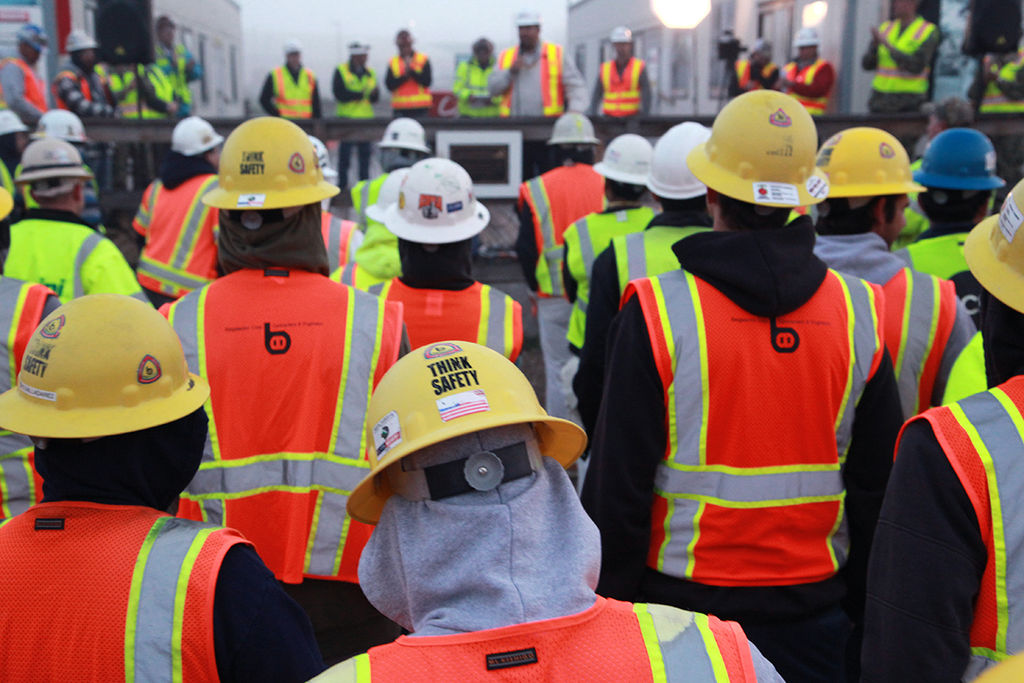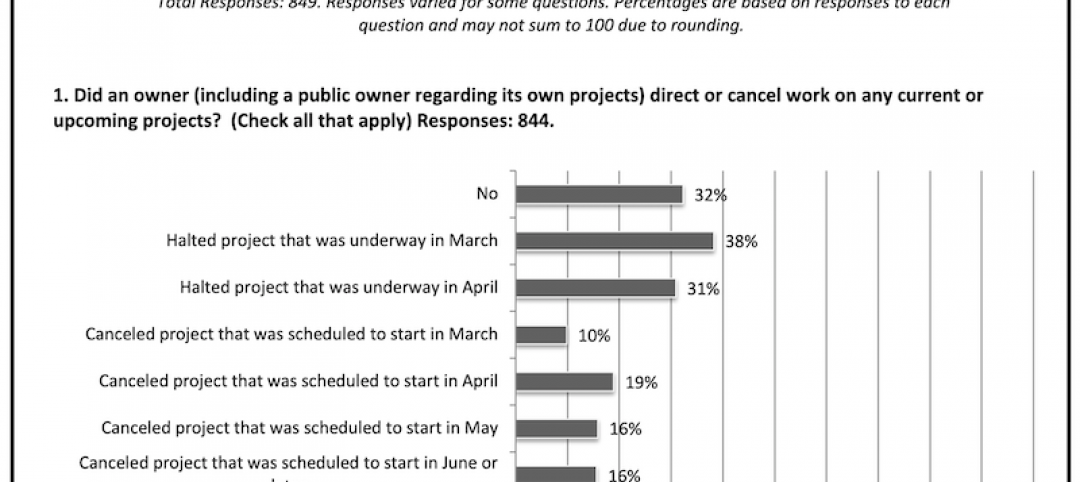Last year, there were 775 fatalities among U.S. construction workers: 133 among those in the construction of buildings, 169 in heavy/civil engineering projects, and 456 involving workers in specialty trades. Those 775 deaths are up from 738 in 2011, according to the Bureau of Labor Statistics.
Those 775 fatalities also make construction America’s deadliest industry, well ahead of mining (177 deaths), manufacturing (314), and agriculture/forestry (475).
If there is any good news in these morbid figures, it is that the rate of fatal incidents in construction has been declining steadily in the last decade, down nearly half since 2006 (although some of that decline must be attributed to the downturn in construction from 2008 to 2011). The construction industry itself can take much of the credit for that improvement, through its voluntary safety training programs.
State and federal safety programs are grossly understaffed. According to The Construction Chart Book, published by CPWR - The Center for Construction Research and Training (http://www.cpwr.com/pdfs/chart_book_5th/chart_book_fifth_edition.pdf ), the U.S. Occupational Safety and Health Administration has just 2,200 inspectors to cover eight million work sites and 130 million workers in all industries. That’s an impossible task, so the job of protecting workers really falls to the contractors themselves.
What can construction firms do to prevent fatalities (not to mention work site injuries, which occur at the rate of about 150 for every 100,000 full-time-equivalent construction workers, according to CPWR)?
In a white paper from property and casualty insurer ACE Construction, George Cesarini, Geoffrey Hall, and Matthew Kupiec offer a dozen practical suggestions, several of which deserve careful consideration by contractors.
Building a culture of safety must start at the top, the authors say. The job of safety can’t be the sole responsibility of a construction firm’s safety managers. It has to start in the C suite.
Construction firms must also control substance abuse, which remains a “widespread problem” in the industry, with an illicit abuse rate of 13.7%, second highest among 19 major industries, after the hospitality sector.
Prequalifying subcontractors for such factors as their experience modification rate (an insurance industry rating factor), OSHA citation record, and lost-time incident rate is another responsibility of contractor firms, as is training and orienting not only their own workers but also their subcontractors’ laborers.
Finally, if construction firms want to make a real dent in reducing on-the-job fatalities, they must focus on the management of falls. Last year, about half of the 133 deaths that occurred in the construction of buildings were due to slips and falls. Of 456 deaths among workers in specialty trade contractor firms last year, 187 (41%) were attributed to slips and falls.
The ACE Construction experts recommend that, while regulations may vary, fall prevention measures should start at minimum height of six feet. That’s because, of 541 fatalities involving falls across all industries, 57% occurred at a height of less than 20 feet, and a quarter of deaths resulted from falls of less than 10 feet. So the problem is not limited to high-rise jobs.
More from Author
Rob Cassidy | Mar 30, 2020
Your turn: Has COVID-19 spelled the death knell for open-plan offices?
COVID-19 has designers worrying if open-plan offices are safe for workers.
Rob Cassidy | Mar 25, 2020
Coronavirus pandemic's impact on U.S. construction, notably the multifamily sector - 04-30-20 update
Coronavirus pandemic's impact on U.S. construction, notably the multifamily sector - 04-30-20 update
Rob Cassidy | Nov 20, 2019
Word of the Year: "climate emergency," says the Oxford English Dictionary
The Oxford Word of the Year 2019 is climate emergency.
Rob Cassidy | Nov 8, 2019
The Peloton Wars, Part III - More alternatives for apartment building owners
ProForm Studio Bike Pro review.
Rob Cassidy | Nov 1, 2019
Do car-free downtown zones work? Oslo, yes; Chicago, no
Two recent reports (October 2019) explore whether car-free downtowns really work, based on experience in Oslo, Norway, and Chicago.
Rob Cassidy | Oct 9, 2019
Multifamily developers vs. Peloton: Round 2... Fight!
Readers and experts offer alternatives to Peloton bicycles for their apartment and condo projects.
Rob Cassidy | Sep 4, 2019
Peloton to multifamily communities: Drop dead
Peloton will no longer sell its bikes to apartment communities.
















